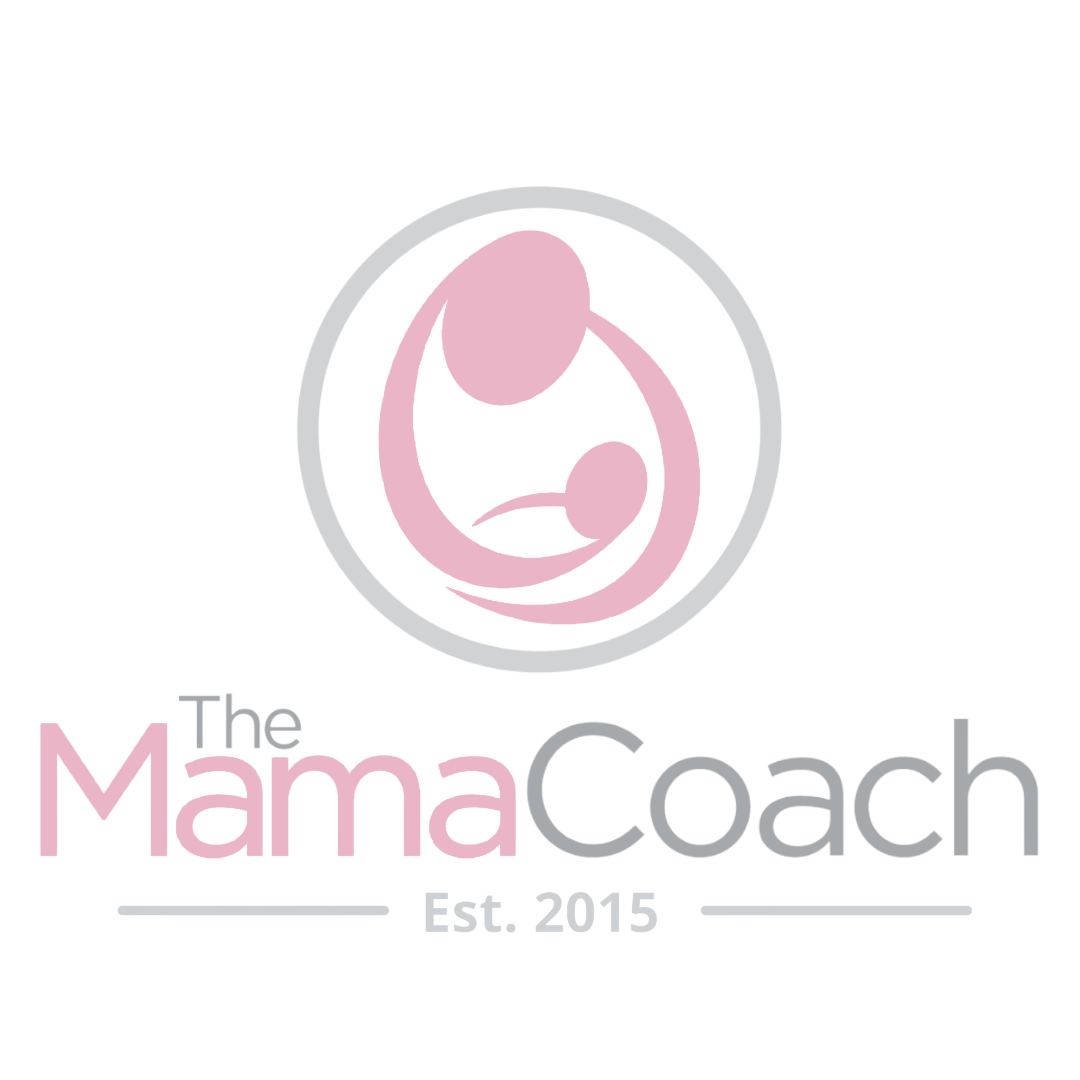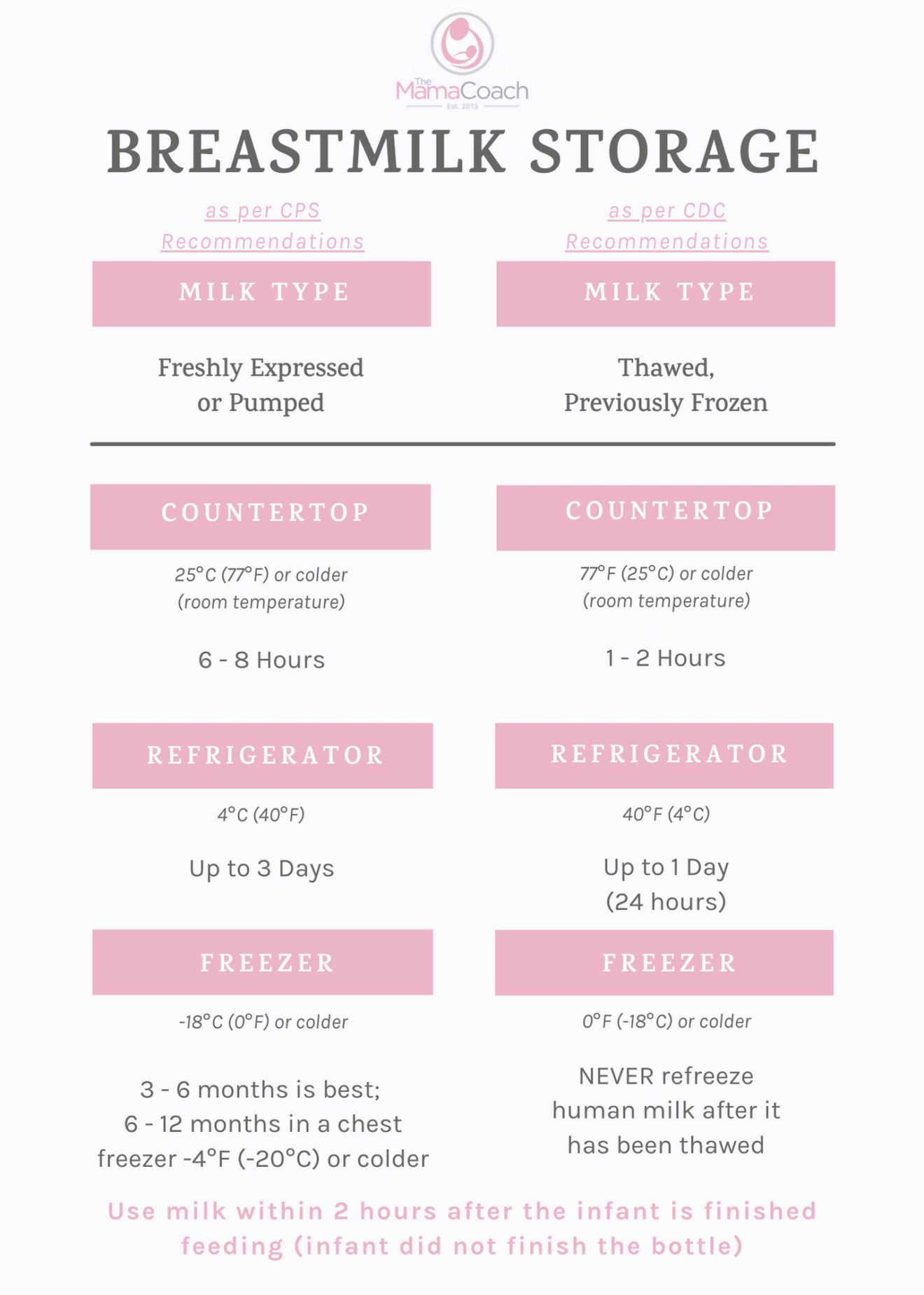Mastering Breast Milk Storage: A Comprehensive Guide for Nursing Moms

The importance of proper breast milk storage
Pumping is a huge job for a mama, and storing it can be a headache. Do you find yourself worrying if you stored it correctly and if it is safe for your baby to consume? Or do you wonder if you could have a more efficient system? If yes, please read on and I hope you find this blog on breastmilk storage helpful.
Which container should you store your breastmilk in?
It is important to use clean containers, such as glass bottles or breast milk bags, for expressing and storing breast milk. You don’t want to use polyethylene bags or containers made of bisphenol A (BPA), as these materials can impact the quality of the milk.
My favourite bags are the Medela breastmilk storage bags, as they are easy to mark the date, and they lay flat in the freezer nicely. Check out the link for them here.
Can you store breastmilk from multiple sessions together?
According to the Canadian Paediatric Society, after pumping you have a window of up to 72 hours to store breastmilk in the fridge before freezing (see graphic below). To avoid the risk of the risk of bacterial growth, it is important not to mix freshly pumped milk with cool milk in the fridge. I suggest cooling the pumped bottle and then adding it to the day’s pumped milk. Label and freeze at the end of the day.
How to freeze your breastmilk
Approved storage bags for breastmilk play a crucial role in preserving its quality during freezing. Freeze 2-3 ounces of your milk per bag, label them with the date and time, and lay them flat in a container. It will save you so much freezer room and makes it easier to pull the oldest milk out first.
Many mamas ask me if they should mark the time the milk was pumped and give it to their baby at that same time of day. For example, should nighttime milk be used during nighttime feeds only? There is no research to support this, and it can be an extra step that will just cause stress!
Thawing breastmilk: The safest way
When the time comes to use your frozen breastmilk, understanding the proper thawing procedure is essential. The number of bags to thaw at a time depends on your child’s age and feeding habits. You don’t want to thaw milk in the microwave as it can create hot spots, and potentially burn your baby’s mouth. Instead, thaw the milk by placing it in a container of hot water. The best way to test the temperature of the milk is to express a few droplets onto the inside of your wrist before feeding.
An easy breastmilk storage cheatsheet
After going through all the hard work of pumping, you want to ensure your milk is stored properly so your baby can drink it! This likely will take some bandwidth in your brain while you build an effective storage system, and we are hoping the cheat sheet above can help make it easier.
If you find yourself with pumping questions, please reach out and book a nurse! We do virtual flange fitting sessions (did you know you can pump more milk if your flanges fit perfectly?) and answer any specific questions you may have. You can also check out more of our blogs in the blog section of our website.
As always, I am sending you so much love and support. Thank you for reading this and being a part of our community. I see you, mama!
Carrie









